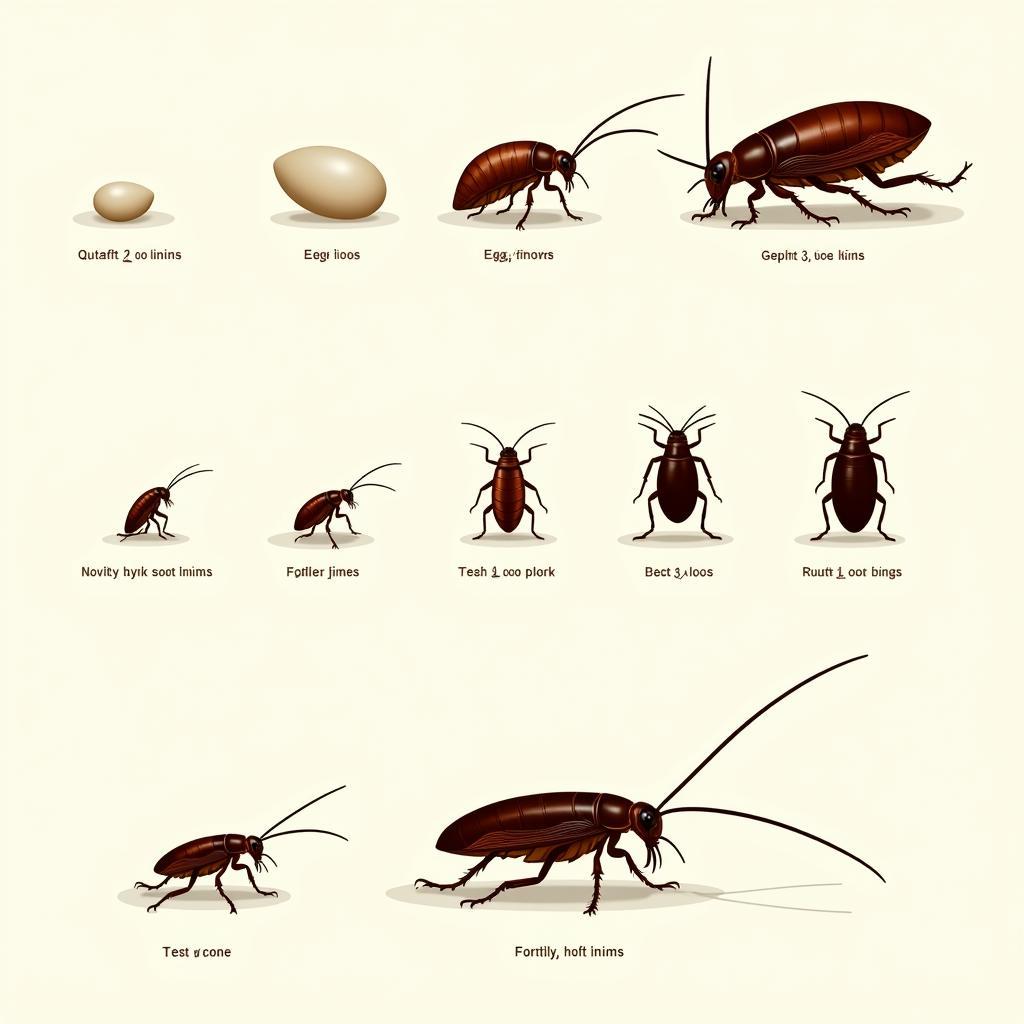Exploring African Clothing Styles and Patterns
African clothing styles and patterns are a vibrant tapestry woven from rich history, cultural traditions, and artistic expression. From the intricate kente cloth of Ghana to the bold Maasai shuka, each garment tells a story, reflecting the wearer’s identity, status, and heritage. This article delves into the diverse world of African clothing styles and patterns, exploring their origins, symbolism, and modern interpretations.
A Journey Through African Textiles: From Ancient Traditions to Modern Trends
African textiles are renowned for their diverse materials, techniques, and symbolic meanings. Historically, clothing served not merely as protection from the elements but as a powerful medium of communication, expressing social status, religious beliefs, and group affiliation. For centuries, techniques like tie-dye, batik, and embroidery have been passed down through generations, preserving ancient traditions while also adapting to contemporary influences. Here, we explore some key facets of this rich heritage. See our selection of African dresses for kids.
The Significance of Color and Symbolism in African Clothing
Color plays a crucial role in African clothing, with each hue often carrying deep symbolic meaning. For example, red may represent power and vitality, while white can symbolize purity and peace. Similarly, patterns and motifs are imbued with meaning, often referencing ancestral stories, natural elements, or spiritual beliefs. The intricate geometry of some designs reflects a deep understanding of mathematics and cosmology.
Exploring Regional Variations in African Clothing Styles
From the flowing boubous of West Africa to the beaded adornments of Southern Africa, each region boasts its own distinctive clothing styles and patterns. The arid climate of North Africa has influenced the prevalence of loose, flowing garments like djellabas and kaftans, often made from lightweight fabrics like linen and cotton. In contrast, the vibrant, patterned textiles of West Africa, such as kente and Ankara, reflect the region’s rich artistic heritage. Check out these stunning African kaftans uk.
The Influence of African Clothing on Global Fashion
African clothing styles and patterns have made a significant impact on global fashion, inspiring designers around the world. From runway shows to high street stores, African prints and silhouettes have become increasingly popular, showcasing the beauty and creativity of African design. This global recognition has also empowered African designers and artisans, creating economic opportunities and promoting cultural exchange.
What are some popular African clothing patterns?
Some of the most popular African clothing patterns include kente, Ankara, mud cloth, and Aso Oke. These patterns often feature intricate geometric designs, bold colors, and symbolic motifs.
How is African clothing made?
Traditional African clothing is often handmade using techniques like weaving, dyeing, and embroidery. Materials used range from cotton and linen to barkcloth and animal hides. Many contemporary designers now combine traditional techniques with modern manufacturing methods. You might be interested in learning more about African henna.
Why are African clothing styles and patterns important?
African clothing styles and patterns are important because they represent the rich cultural heritage and artistic traditions of the continent. They are a powerful expression of identity, community, and history. Explore traditional African groom wedding attire.
“African clothing is not just about fashion; it’s a narrative of our history, a celebration of our identity,” says Dr. Anika Olumide, a renowned scholar of African art and culture. “Each garment tells a story, connecting us to our ancestors and expressing our hopes for the future.”
Another expert, Kwame Asante, a textile designer based in Accra, Ghana, adds, “The vibrancy and symbolism of African textiles reflect the dynamism and resilience of African culture. It’s a constant source of inspiration for me.”
In conclusion, African clothing styles and patterns offer a fascinating glimpse into the rich cultural tapestry of the continent. From ancient traditions to modern interpretations, these garments continue to inspire and captivate, reflecting the beauty, diversity, and resilience of African culture. Exploring African clothing styles and patterns is a journey of discovery, revealing the profound connection between art, identity, and heritage. If you’re seeking a deeper understanding of African culture, look no further than its vibrant clothing traditions.
FAQ
- What is kente cloth?
- What are some common materials used in African clothing?
- How can I incorporate African prints into my wardrobe?
- Where can I buy authentic African clothing?
- What is the significance of headwraps in African culture?
- Are there specific clothing styles for different occasions in African cultures?
- How has colonialism impacted African clothing traditions?
You might also be interested in these related articles:
- The History of African Textiles
- The Impact of Globalization on African Fashion
- Contemporary African Designers to Watch
For any assistance, please contact us at Phone: +255768904061, Email: kaka.mag@gmail.com or visit our address: Mbarali DC Mawindi, Kangaga, Tanzania. We have a 24/7 customer service team.


